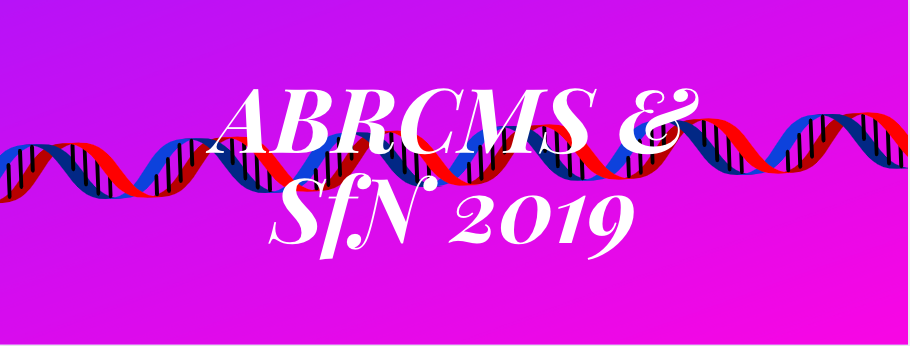
The Annual Biomedical Research Conference for Minority Students (ABRCMS) is a national research conference made up of over 5,000+ scientists at each level of education ranging from undergraduates to postdoctoral students, and program directors/ administrators. The program is designed to promote diversity in the STEM field by including minorities, individuals with disabilities, first-generation, and veterans from all walks of life and corners of the globe. This four-day conference is made up of presentations, exhibit booths, networking opportunities, and concludes with an awards banquet. Conferences such as ABRCMS are essential to the growing world of STEM as the largest professional conference for underrepresented students.
The Society for Neuroscience (SfN) is the national neuroscience research conference that consists of over 37,000+ scientists from over 95 countries. The conference is a space for individuals of varying levels of education to share their research while exploring a multitude of other disciplines. This five-day conference allows researchers and exhibitors to display novel information and technology that is used to enhance the STEM world. 2019 marked the 50th anniversary of scientists and developers congregating to understand all aspects of the nervous system through lectures, activities, and networking resources. This conference’s purpose is to advance the scientific community while advocating for the field as a whole.
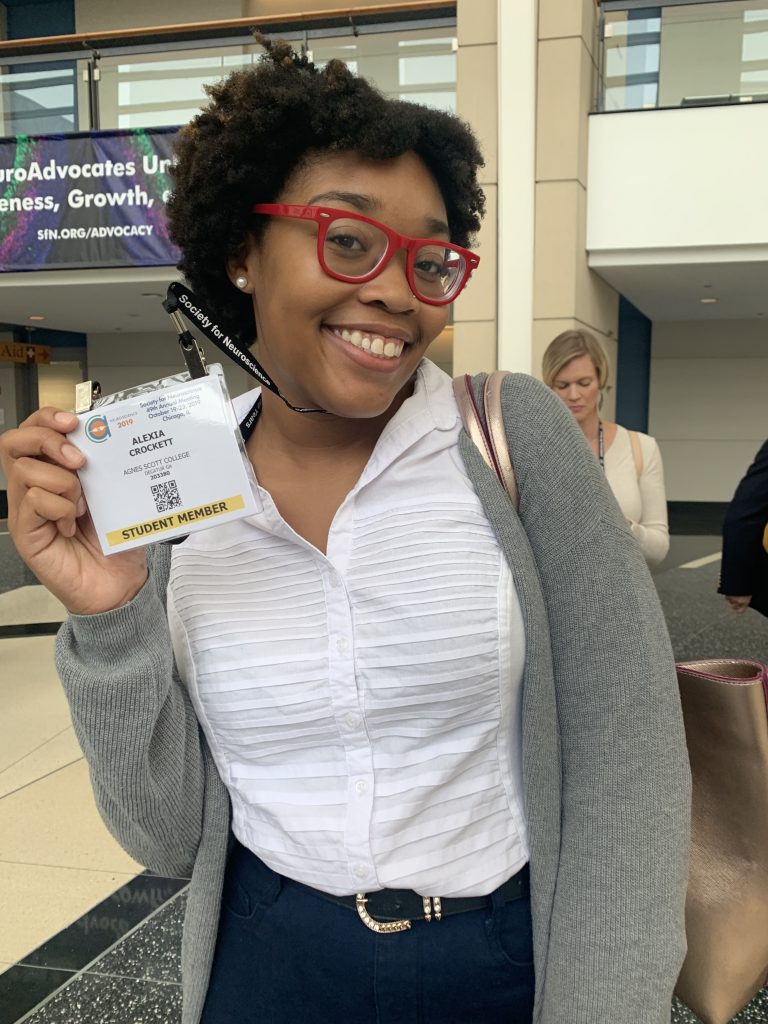

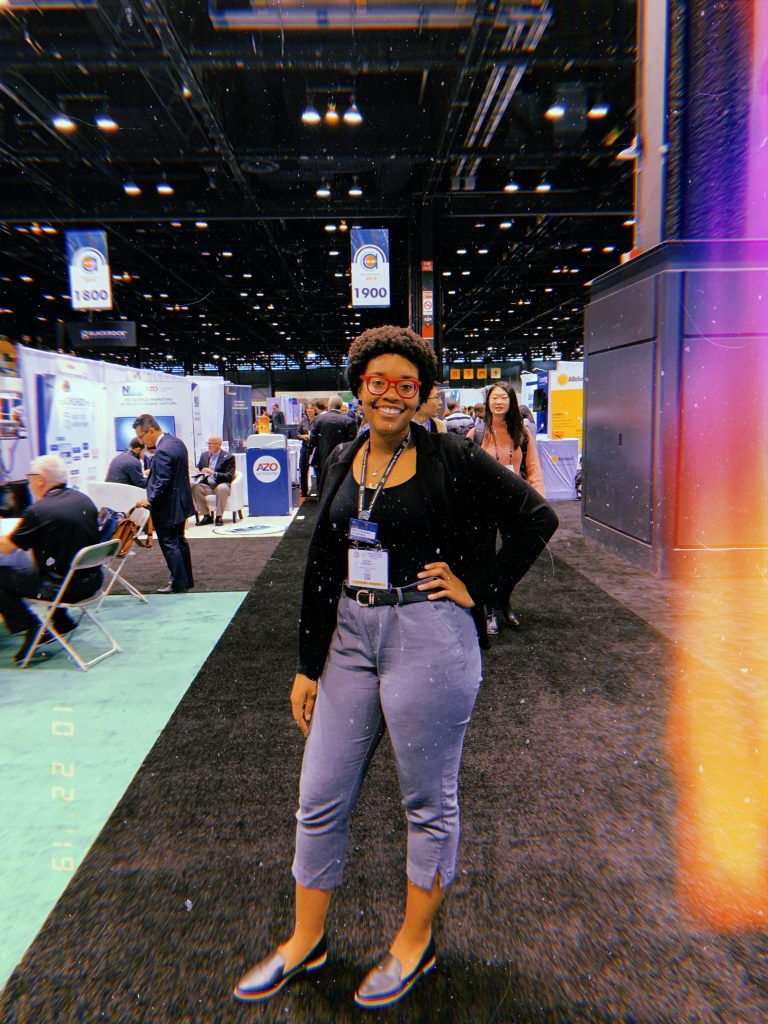

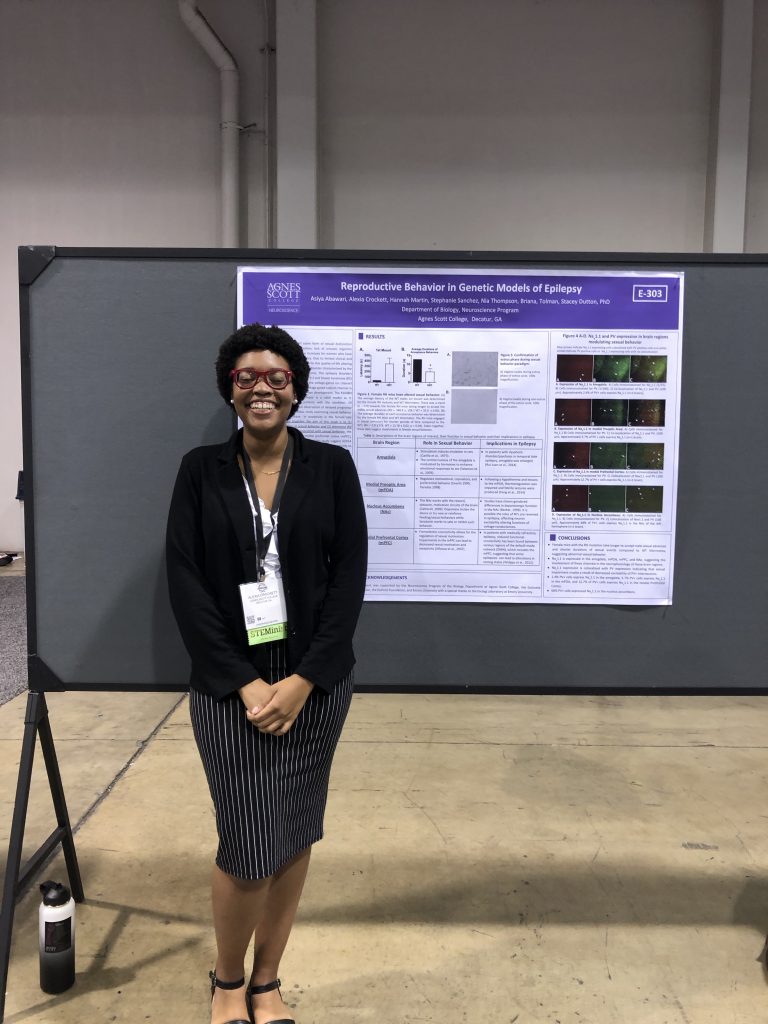
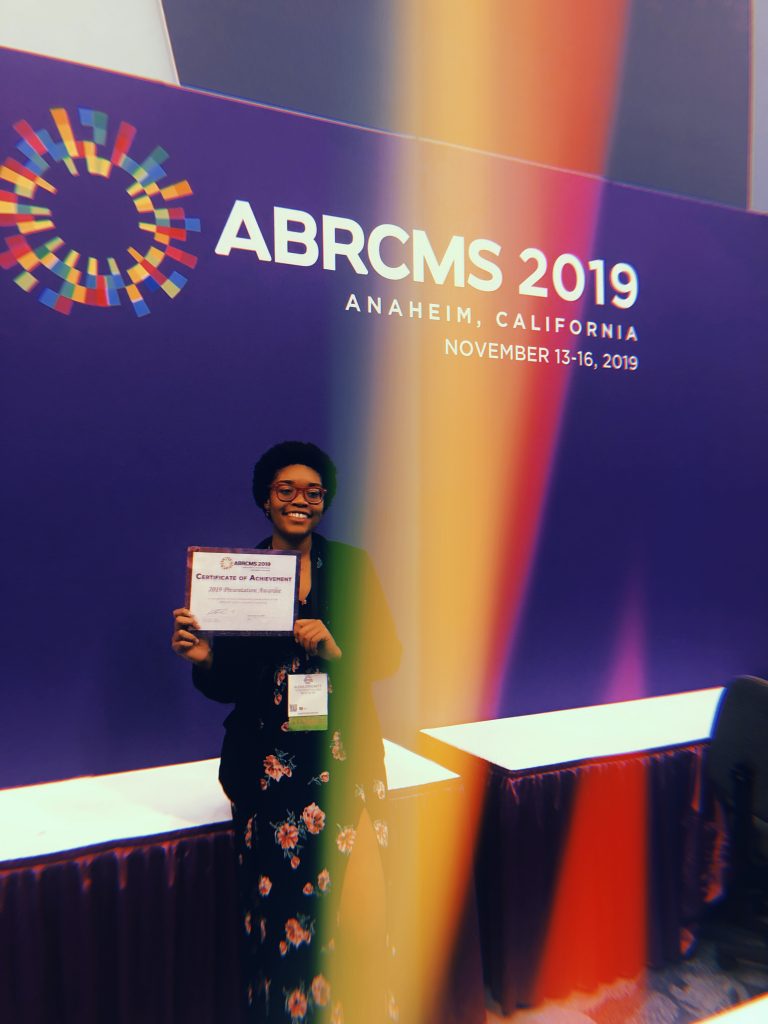
*All photos above by Alexia Crockett under All Rights Reserved License.*
This past summer, my lab and I worked with Dr. Stacey Dutton, my PI, and academic advisor, in collaboration with the Escayg lab at Emory University. Approximately 40% of women report some form of sexual dysfunction and this is increased in women with epilepsy. Because of this we wanted to examine the comorbid relationship between sexual dysfunction and epilepsy. Our project looked at the expression of Scn1a in various brain regions related to reproductive behavior in mouse models of epilepsy. Using an inverse dark/light cycle room, I investigated the receptive behaviors of mutant female mice in the estrous phase. After recording and scoring the behaviors I conducted statistical analysis using Excel. Upon completion of the project, we perfused and harvested the brains of our female mice to practice dissecting and cryo-sectioning. This research was concluded by a poster presentation at the 50th Annual SfN conference and at ABRCMS, where I was 1 of 59 awardees for a presentation award in Neuroscience.



